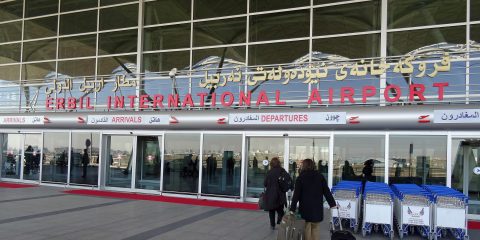After Isis: the families returning home in Iraq
On the evening of 11 August 2014, Assam Dara Ali was at home in Jalawla, southern Iraq. His wife, Teba, was putting their two young children to bed; meanwhile, Kurdish officials in Erbil were beginning to report that Jalawla had fallen to Isis. “Suddenly we heard cries of ‘Allahu Akbar’, God is greatest, from the […]Sally Williams writes for The Guardian:
On the evening of 11 August 2014, Assam Dara Ali was at home in Jalawla, southern Iraq. His wife, Teba, was putting their two young children to bed; meanwhile, Kurdish officials in Erbil were beginning to report that Jalawla had fallen to Isis. “Suddenly we heard cries of ‘Allahu Akbar’, God is greatest, from the mosque,” Assam tells me. Isis was broadcasting its takeover message from the minarets, visible from the family’s courtyard.
Jalawla was once a town of about 80,000, a place where people wanted to live and to visit. It had 12 mosques, good schools, a hospital with a reputation for skilled doctors and excellent maternity care. The youth club offered karate and had recently staged a highly praised performance of Oliver Twist. But mostly what drew people here was the market: a labyrinth of stalls both outside and indoors, selling everything from melons and tomatoes to fine jewellery and mobile phones. There was nothing like it for miles around.
Most of the town’s inhabitants fled during its 15-month occupation by Isis – to nearby towns, to Baghdad, or farther afield in Iraq. Around 300 families stayed behind, either because they had been told they would be “safe” under Isis rule, or because they were sympathisers.





